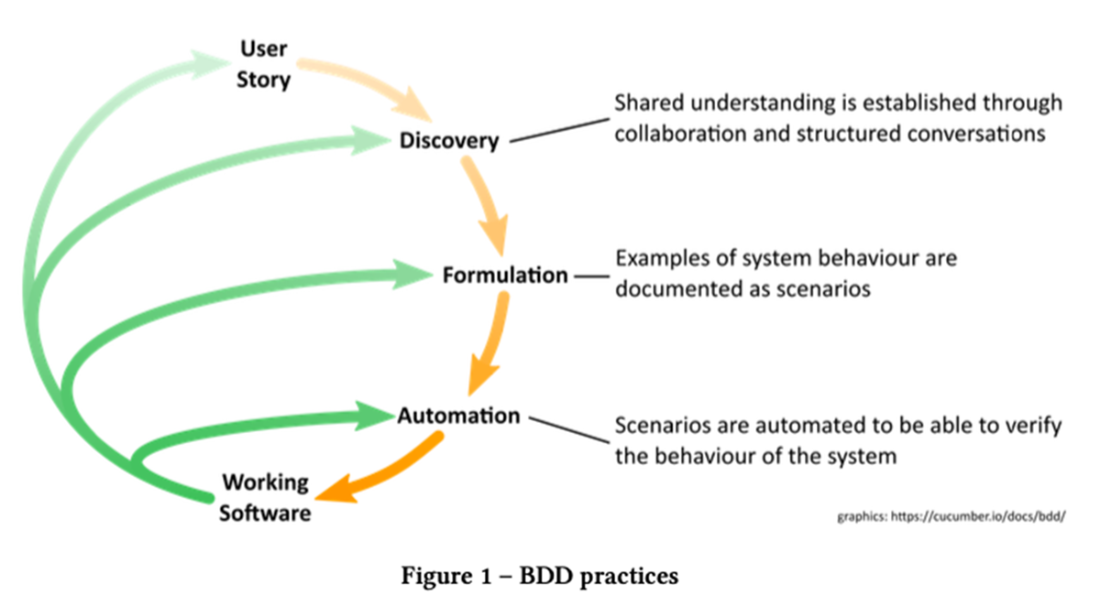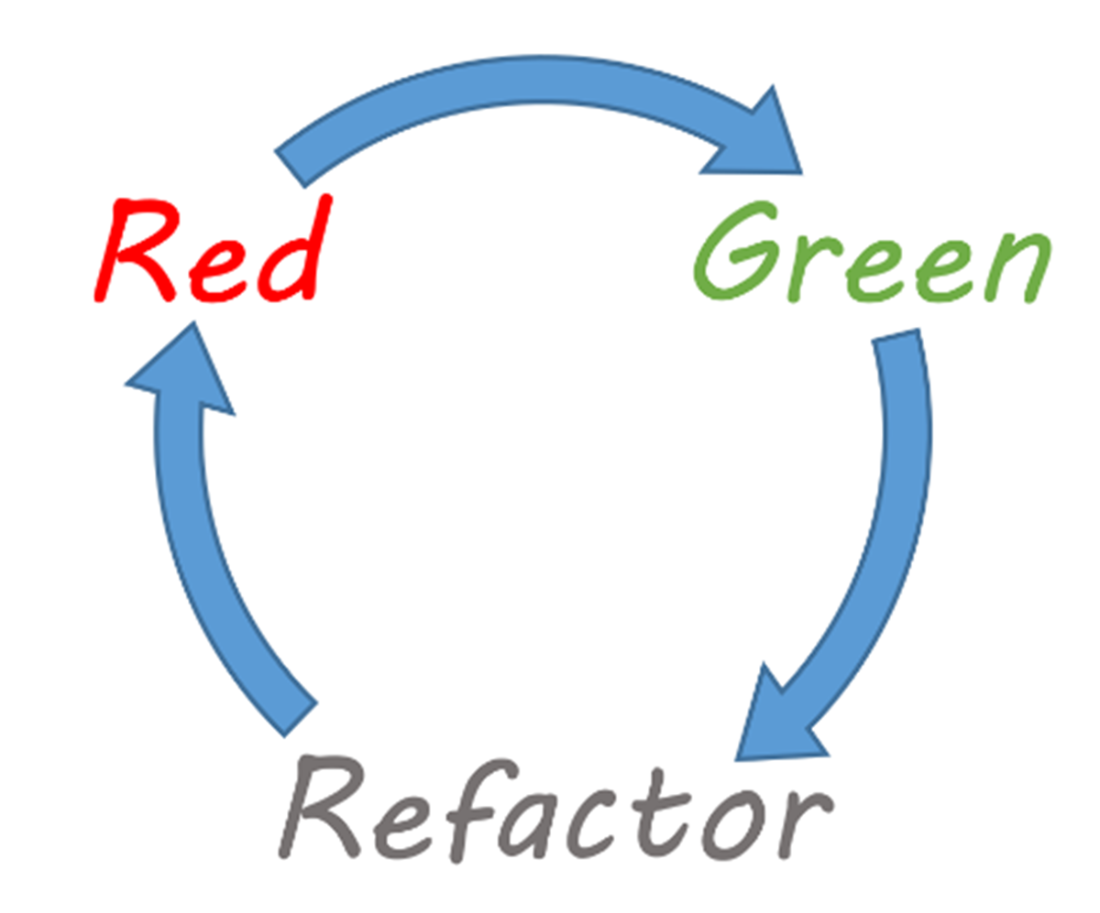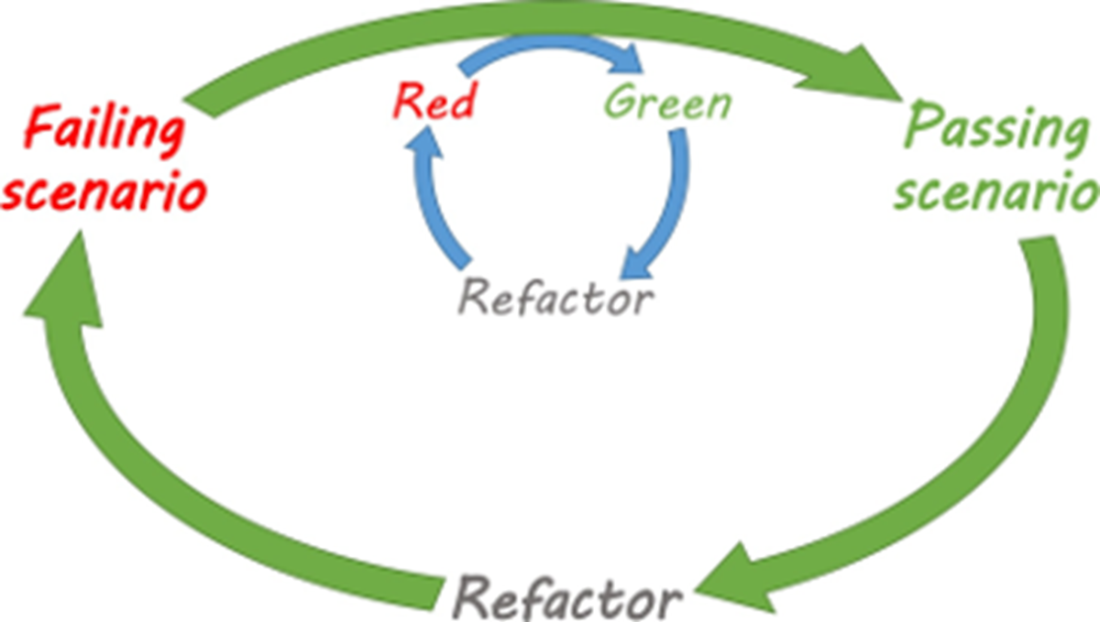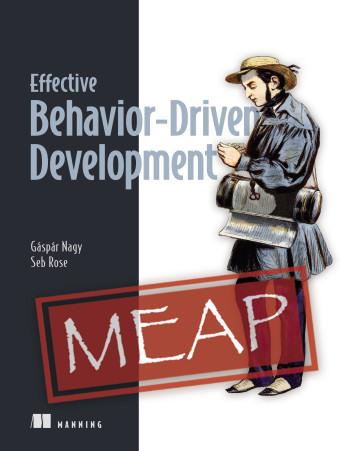1 What is BDD?
Software development is less about code and more about a continuous conversation among stakeholders, users, and delivery teams. Behavior-Driven Development (BDD) aims to make that conversation precise, testable, and shared, so teams can build the right thing and keep it adaptable over time. Evolving from Test-Driven Development, BDD focuses on aligning business intent with implementation, tackling recurring pain points such as unclear requirements, unreliable documentation, and slow or noisy feedback. At its heart, BDD serves as a durable bridge between what the business wants and what the software actually does.
BDD is structured around a flow that turns intent into verified behavior. Teams begin with user stories to capture value, then run collaborative discovery workshops to uncover rules and clarify intent through concrete examples. Those examples are formulated into business-readable scenarios—often using Given-When-Then and the Gherkin format—that precisely describe expected behavior. Automation then connects scenarios to executable tests, guiding implementation (frequently alongside TDD) and providing rapid, meaningful feedback. The result is executable specifications that remain synchronized with the system, improving confidence, reducing rework, and preserving shared understanding. Testers remain essential throughout—especially in discovery, applying specialized techniques, and performing exploratory verification.
Adopting BDD brings its own challenges: confusion over terminology (BDD/ATDD/SbE), weak business participation, automation done in isolation, unreadable scenarios, and hard-to-maintain test code. Effective adoption favors evolution over revolution: start early in the process with discovery, strengthen collaboration across roles, pilot with a single team, and adapt practices to context while measuring outcomes. BDD is neither a free lunch nor a silver bullet—it requires commitment from stakeholders and disciplined engineering practices. When done well, it delivers less waste, fewer defects, faster feedback, and resilient documentation that supports ongoing change.
BDD is an agile approach to delivering software that introduces three core practices

The TDD cycle starts by writing a test and seeing it fail (Red). Then we write just enough code to have the test pass (Green). Finally, we refactor the code to improve its structure

The BDD cycle is the outer loop – write a failing scenario, get the scenario to pass, then refactor. We enter the inner, TDD cycle to implement the code needed to move from a failing scenario to a passing scenario.

Summary
- Modern software development processes suffer from incomplete requirements, unreliable documentation, and slow feedback.
- Behavior Driven Development (BDD) maintains the connection between the requirements and the software by using examples that describe how the system should behave. These examples are called scenarios when expressed in business language.
- There are many tools that can interpret scenarios and directly execute them as tests of the software being developed.
- Each user story describes several rules. Each rule should be illustrated by one or more scenarios, and each scenario helps us explore our understanding of the rule.
- BDD follows the same Red/Green/Refactor cycle as TDD, but at the level of the scenario. Developers use the TDD cycle when getting a failing scenario to pass.
- BDD does not remove the need for traditional software testing, but it reduces the team’s reliance on it by ensuring that most misunderstandings are dispelled before any code is written.
- By collaborating on the creation of the scenarios, the team creates documentation that can be understood by all stakeholders.
- Scenarios, when run as tests, become living documentation of the software that is being built. Living documentation automatically informs the team when the software implementation diverges from the behavior documented by the scenarios.
- BDD is an agile approach to developing software, consisting of three practices: Discovery, Formulation, and Automation.
- BDD adoption is challenging, but there are techniques that can help an organization succeed.
 Effective Behavior-Driven Development ebook for free
Effective Behavior-Driven Development ebook for free